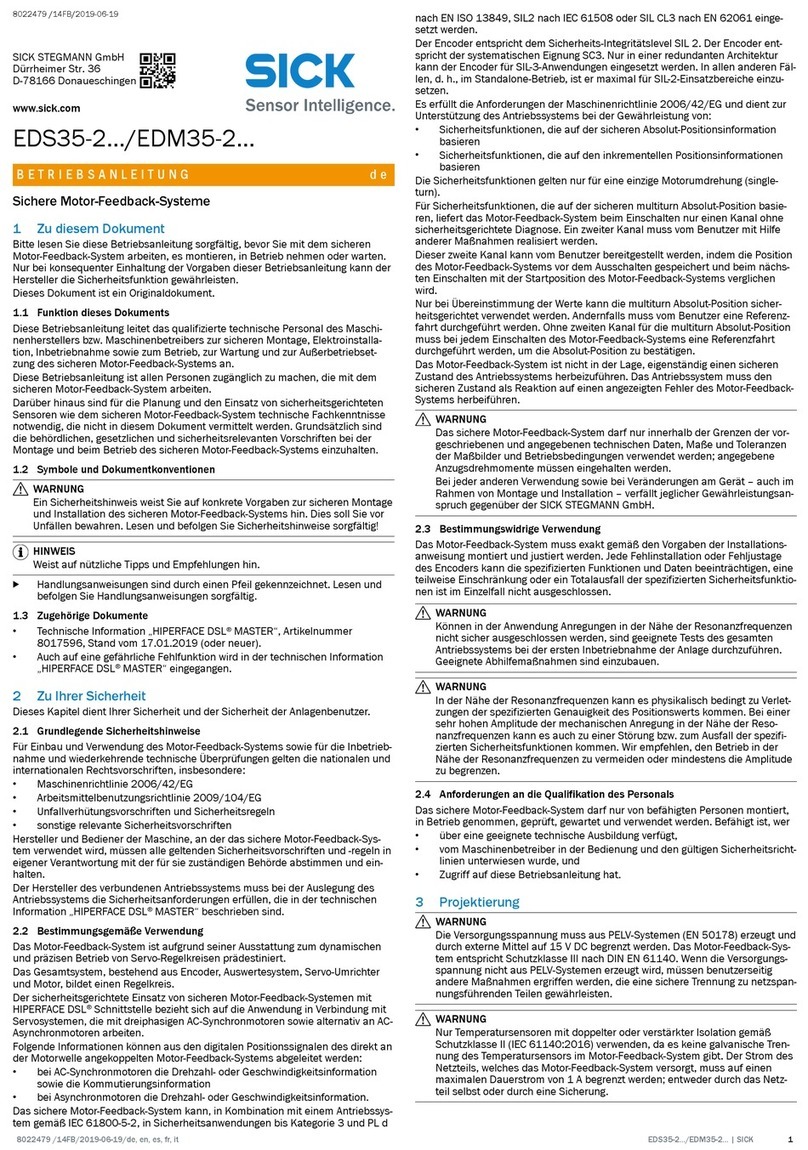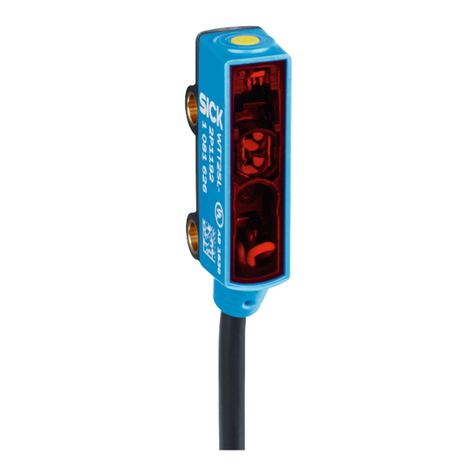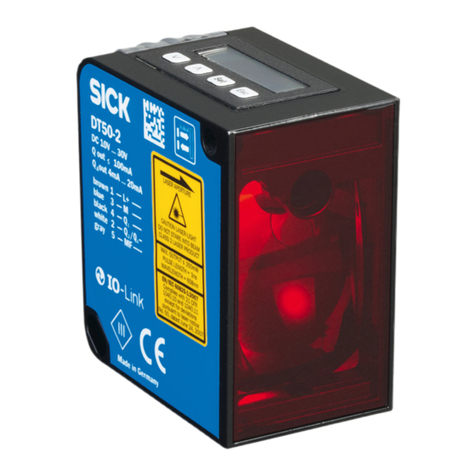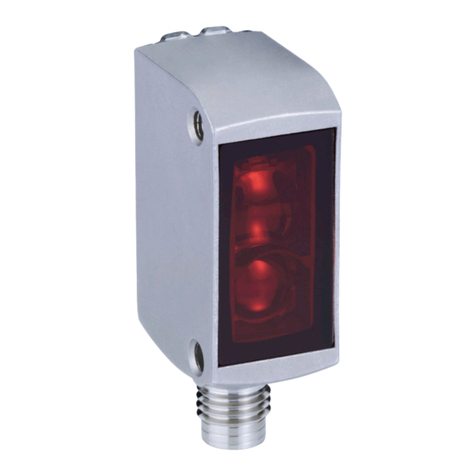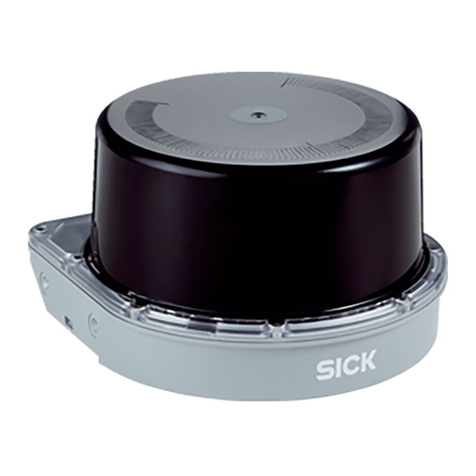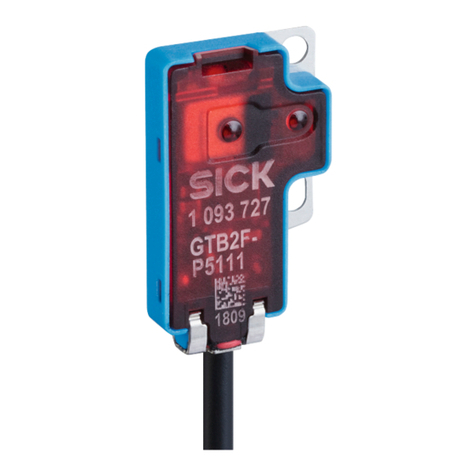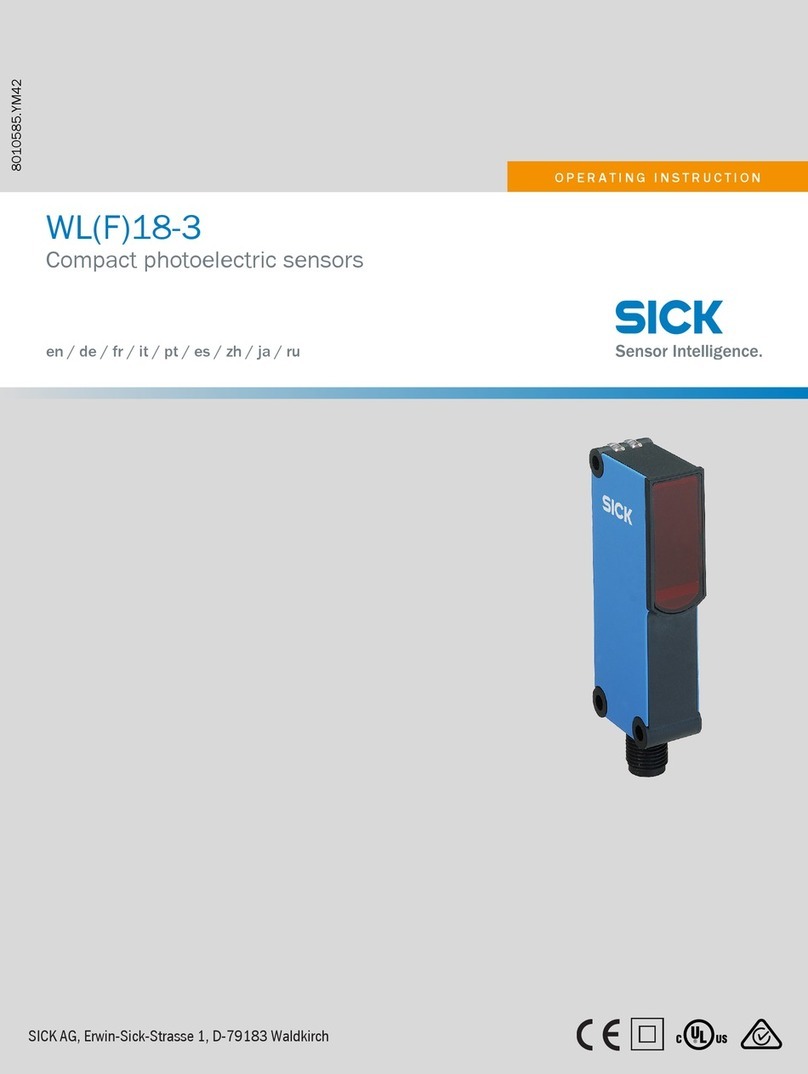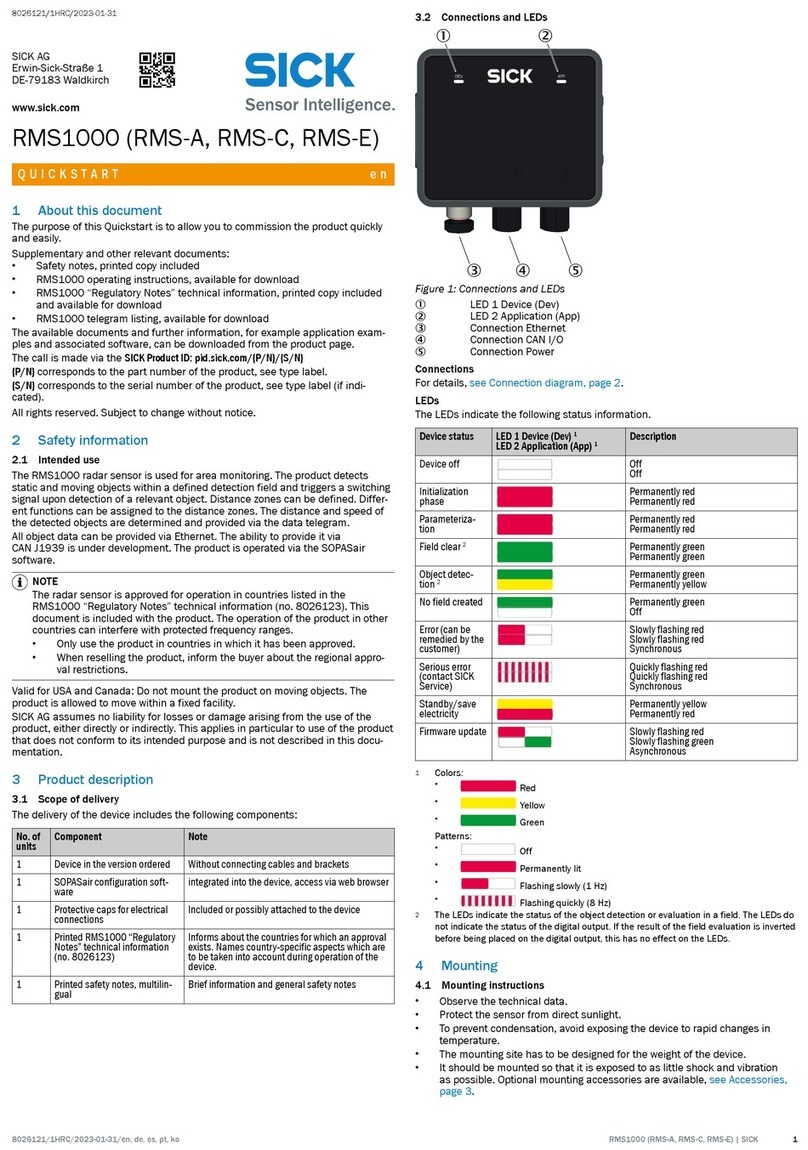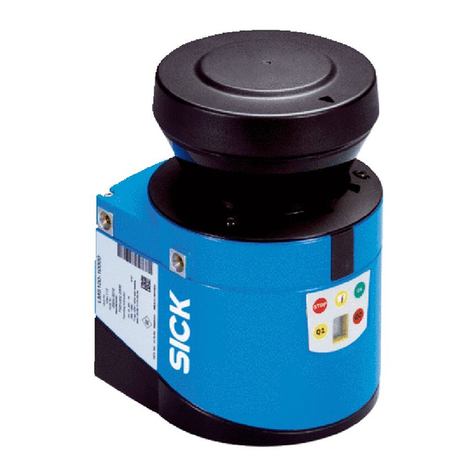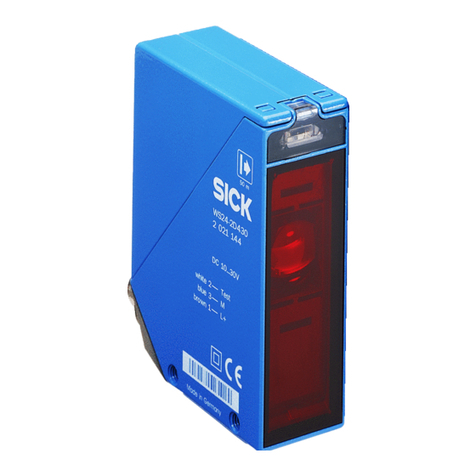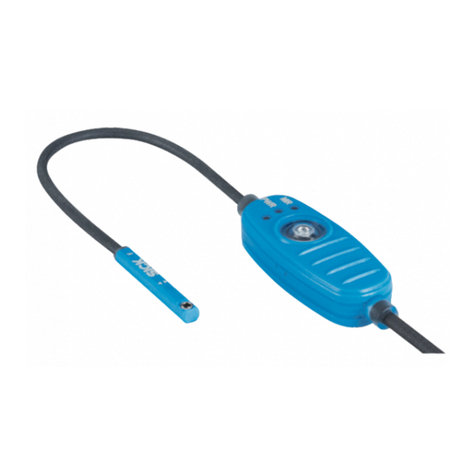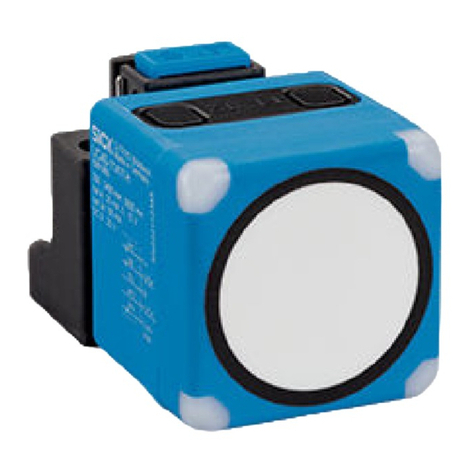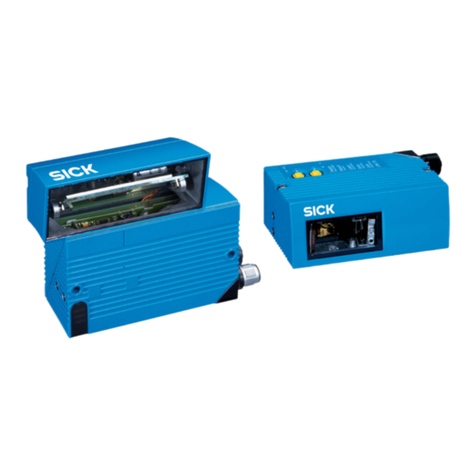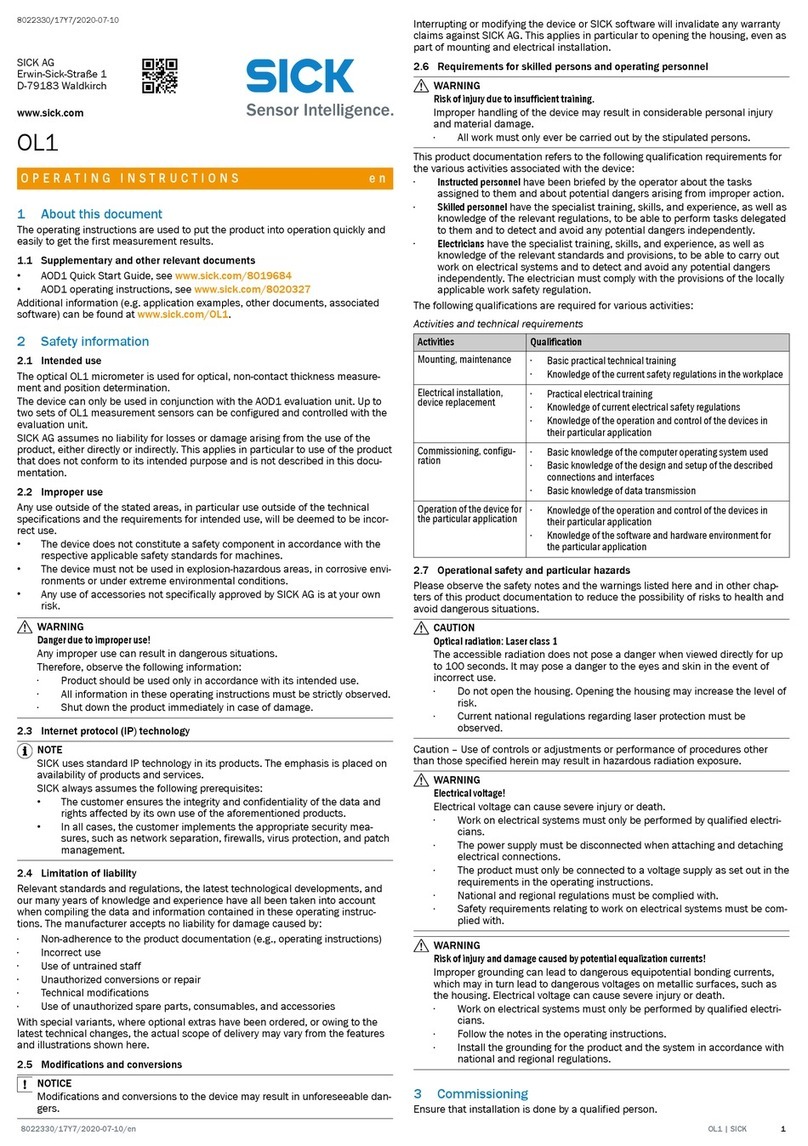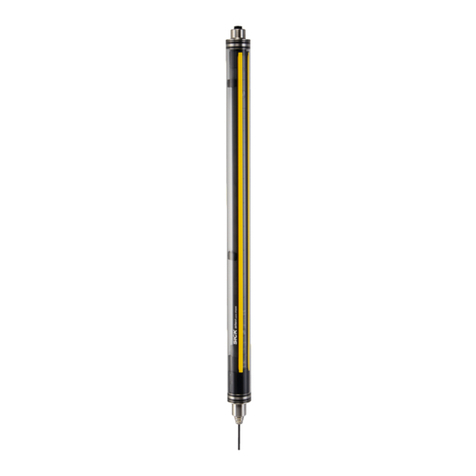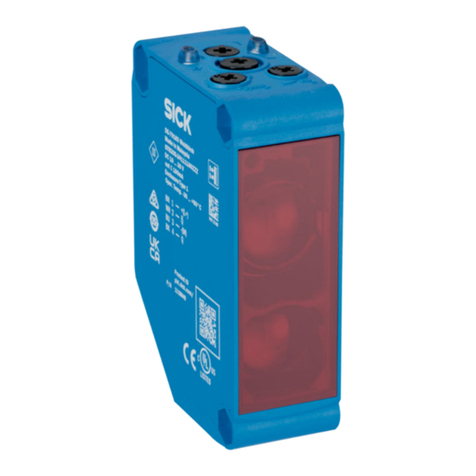
Contents
1 About this document........................................................................ 5
1.1 Information on the operating instructions.............................................. 5
1.2 Explanation of symbols............................................................................ 5
1.3 Scope of delivery....................................................................................... 6
2 Safety information............................................................................ 7
2.1 Intended use............................................................................................. 7
2.2 Improper use............................................................................................. 7
2.3 Limitation of liability................................................................................. 7
2.4 Modifications and conversions................................................................ 7
2.5 Cybersecurity............................................................................................ 8
2.6 Requirements for skilled persons and operating personnel.................. 8
2.7 Operational safety and specific hazards................................................. 8
3 Product description........................................................................... 10
3.1 Product characteristics............................................................................ 10
3.2 Particle filter.............................................................................................. 11
3.3 Setup and dimensions............................................................................. 12
3.4 Status indicators....................................................................................... 13
3.5 Product ID.................................................................................................. 13
4 Transport and storage....................................................................... 15
4.1 Transport................................................................................................... 15
4.2 Unpacking.................................................................................................. 15
4.3 Transport inspection................................................................................. 15
4.4 Storage...................................................................................................... 15
5 Mounting............................................................................................. 16
5.1 Mounting instructions............................................................................... 16
5.2 Mounting device....................................................................................... 16
5.3 Mounting multiple devices....................................................................... 16
6 Electrical installation........................................................................ 18
6.1 Safety......................................................................................................... 18
6.2 Electrical connection of the sensor......................................................... 18
7 Operation............................................................................................ 20
7.1 Operation via SOPAS ET........................................................................... 20
7.2 Operation via IO-Link................................................................................ 22
7.2.1 Process data............................................................................ 23
7.2.2 Device data.............................................................................. 23
7.3 Operation using teach-in.......................................................................... 23
7.3.1 Teach-in parameters................................................................ 24
7.3.2 Preparations and procedure for teach-in............................... 25
7.3.3 Field evaluation via input circuit............................................. 26
CONTENTS
8020631/1DWW/2022-08 | SICK O P E R A T I N G I N S T R U C T I O N S | TiM1xx 3
Subject to change without notice

